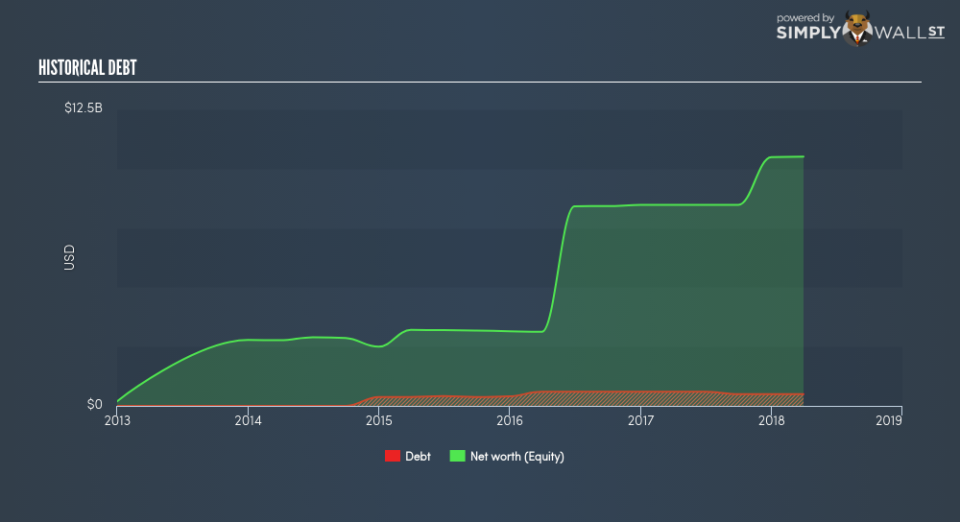How Financially Strong Is Liberty Broadband Corporation (NASDAQ:LBRD.K)?

There are a number of reasons that attract investors towards large-cap companies such as Liberty Broadband Corporation (NASDAQ:LBRD.K), with a market cap of US$13.97b. Doing business globally, large caps tend to have diversified revenue streams and attractive capital returns, making them desirable investments for risk-averse portfolios. However, its financial health remains the key to continued success. This article will examine Liberty Broadband’s financial liquidity and debt levels to get an idea of whether the company can deal with cyclical downturns and maintain funds to accommodate strategic spending for future growth. Note that this commentary is very high-level and solely focused on financial health, so I suggest you dig deeper yourself into LBRD.K here. Check out our latest analysis for Liberty Broadband
Does LBRD.K produce enough cash relative to debt?
Over the past year, LBRD.K has reduced its debt from US$598.51m to US$497.37m , which is made up of current and long term debt. With this debt repayment, LBRD.K’s cash and short-term investments stands at US$81.26m for investing into the business. Moving onto cash from operations, its operating cash flow is not yet significant enough to calculate a meaningful cash-to-debt ratio, indicating that operational efficiency is something we’d need to take a look at. As the purpose of this article is a high-level overview, I won’t be looking at this today, but you can examine some of LBRD.K’s operating efficiency ratios such as ROA here.
Can LBRD.K pay its short-term liabilities?
At the current liabilities level of US$10.55m liabilities, it appears that the company has been able to meet these obligations given the level of current assets of US$84.05m, with a current ratio of 7.97x. Though, anything about 3x may be excessive, since LBRD.K may be leaving too much capital in low-earning investments.
Does LBRD.K face the risk of succumbing to its debt-load?
What is considered a high debt-to-equity ratio differs depending on the industry, because some industries tend to utilize more debt financing than others. Generally, large-cap stocks are considered financially healthy if its ratio is below 40%. LBRD.K’s level of debt is low relative to its total equity, at 4.74%. This range is considered safe as LBRD.K is not taking on too much debt obligation, which can be restrictive and risky for equity-holders.
Next Steps:
Although LBRD.K’s debt level is relatively low, its cash flow levels still could not copiously cover its borrowings. This may indicate room for improvement in terms of its operating efficiency. However, the company exhibits an ability to meet its near-term obligations, which isn’t a big surprise for a large-cap. This is only a rough assessment of financial health, and I’m sure LBRD.K has company-specific issues impacting its capital structure decisions. I suggest you continue to research Liberty Broadband to get a more holistic view of the stock by looking at:
Future Outlook: What are well-informed industry analysts predicting for LBRD.K’s future growth? Take a look at our free research report of analyst consensus for LBRD.K’s outlook.
Valuation: What is LBRD.K worth today? Is the stock undervalued, even when its growth outlook is factored into its intrinsic value? The intrinsic value infographic in our free research report helps visualize whether LBRD.K is currently mispriced by the market.
Other High-Performing Stocks: Are there other stocks that provide better prospects with proven track records? Explore our free list of these great stocks here.
To help readers see pass the short term volatility of the financial market, we aim to bring you a long-term focused research analysis purely driven by fundamental data. Note that our analysis does not factor in the latest price sensitive company announcements.
The author is an independent contributor and at the time of publication had no position in the stocks mentioned.

